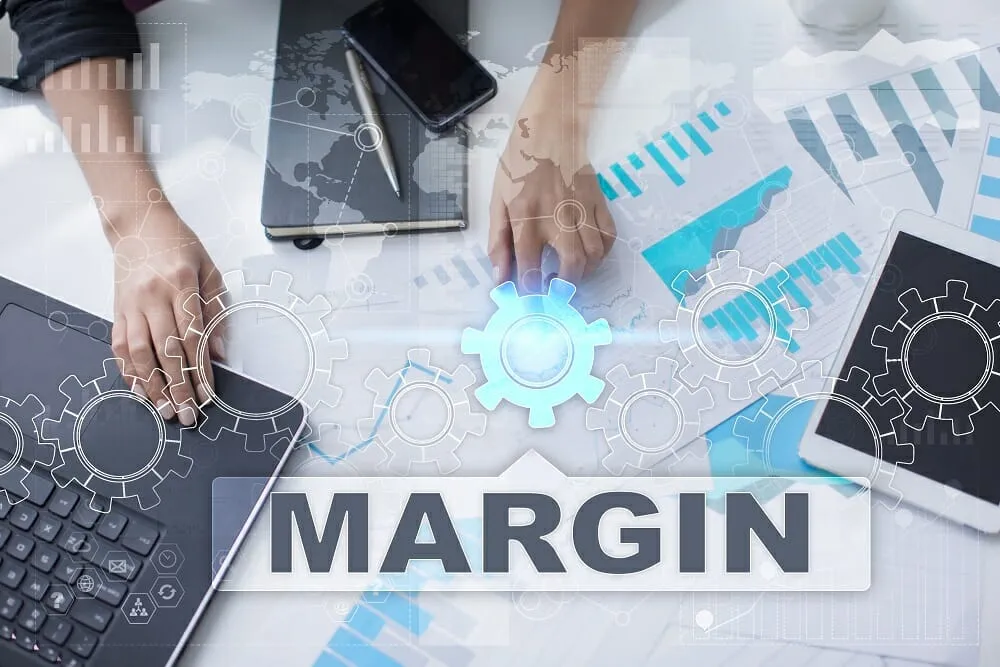Welcome, reader; as you embark on your trading journey, one concept that often needs clarification is margin and leverage. While risky if not properly understood, leveraging can also be a powerful tool to enhance potential returns when markets move in your favor.
This article aims to demystify margin and leverage for those just getting started, breaking down the key concepts in plain language. Hence, you have a solid foundation to make informed decisions about using these strategies as your skills and risk tolerance allow.
We’ll cover the basics of margin and leverage, how brokers calculate and apply them, risks to be aware of, and tips for implementing them responsibly.
Table of Contents
Understand Margin and Leverage
Before diving into the details, let’s define what margin and leverage mean. Margin is a loan from your broker that allows you to trade with more buying power than what you currently have in your account. It acts as collateral for the transaction, giving you access to capital that isn’t yours but can potentially increase your profits or losses. Click here to learn more about margins.
Leverage is a financial tool that allows traders to amplify their trading power and increase profits and losses. It is calculated as the ratio of the total value of your position to the amount of margin required for the trade. By utilizing leverage, traders can take more prominent positions in the market with a smaller capital investment, enabling them to capitalize on market movements and potentially enhance their trading outcomes.
However, it’s important to note that while leverage can magnify gains, it can also amplify losses, making it crucial for traders to manage their risk effectively and exercise caution when utilizing this powerful tool.

Know Your Broker’s Margin Requirements
Different brokers have different margin requirements, so knowing these before opening an account is essential. Margin requirements can vary based on the financial instruments you are trading, your account type, and your chosen leverage ratio. Understanding your broker’s margin requirements is critical to avoid potential margin calls or forced liquidation of positions.
Margin calls occur when the value of a trader’s account falls below the required margin level. It means that the trading account no longer has sufficient funds to cover potential losses, and the broker may need the trader to deposit more funds or close their positions to meet margin requirements.
Understand the Risks Involved
While leverage can potentially increase returns, it also amplifies risk. Traders must understand that using leverage can result in significant losses if markets move against them. It’s crucial to consider your risk tolerance carefully and only use leverage with funds you can afford to lose.
One common mistake beginners should make is using less leverage, resulting in larger-than-expected losses. Remember, the higher the leverage ratio, the more capital is required to cover potential losses. It’s always essential to have sufficient funds in your account to cover potential losses and avoid margin calls.

Employ Risk Management Techniques
To mitigate the risks involved with using leverage, it’s essential to employ risk management techniques. It includes setting stop-loss orders and not risking more than a certain percentage of your account balance on any given trade. It’s also important to regularly monitor your positions and adjust your risk management plan accordingly.
Another helpful technique is diversification. Spreading out your trades among different instruments and markets can help mitigate the impact of potential losses on your overall account balance. Remember, managing risk is always better to be safe than sorry.
Leverage is a Double-edged Sword
It’s important to reiterate that while leverage can potentially increase returns, it also amplifies risk. It means that using leverage requires a high level of discipline, knowledge, and skill to succeed. Traders must have a solid understanding of market trends, technical analysis, and risk management techniques before considering leverage.
In addition, it’s essential to continuously educate oneself on market developments and stay updated with the latest news and trends. It can help traders make informed decisions about when to use leverage and when it may be best to avoid it.

Conclusion
Margin and leverage are potent tools that can enhance potential returns for traders but also come with inherent risks. Beginners need to have a solid understanding of these concepts before considering using them in their trading strategies. Always carefully consider your risk tolerance and only use leverage with funds you can afford to lose.
Know your broker’s margin requirements and employ risk management techniques to mitigate potential losses. With discipline, knowledge, and continuous education, leverage can be a valuable ally in your trading journey.
 World Magazine 2024
World Magazine 2024






